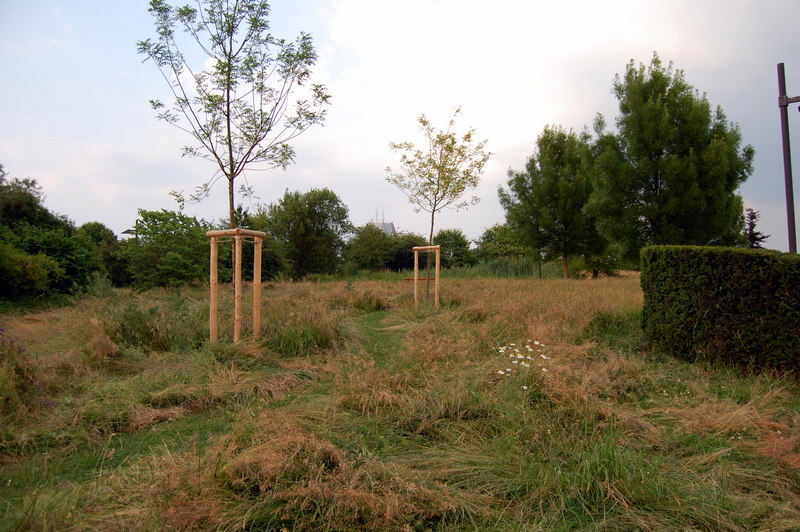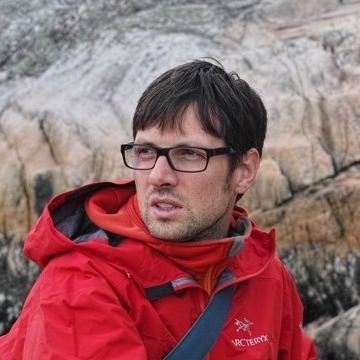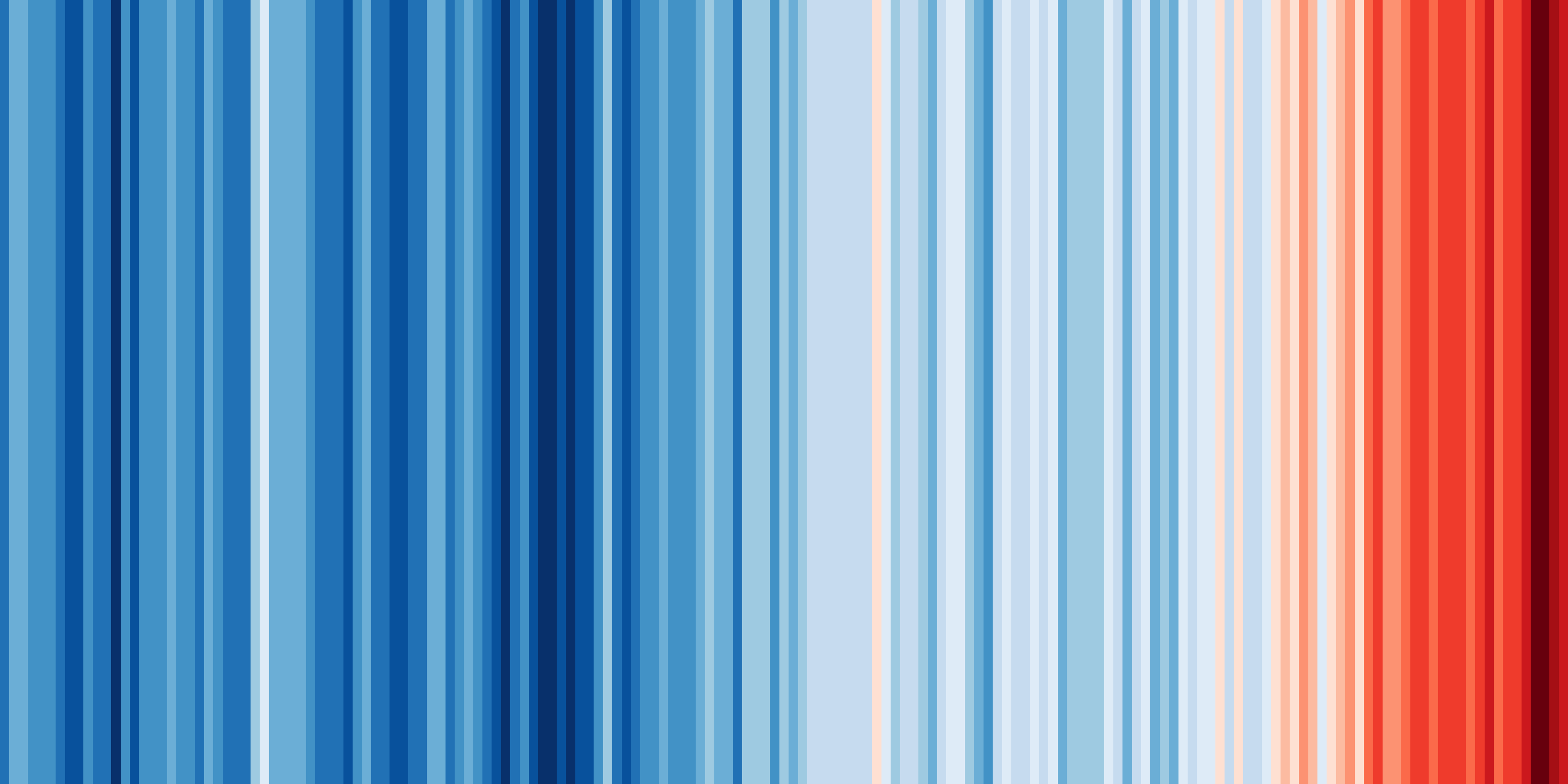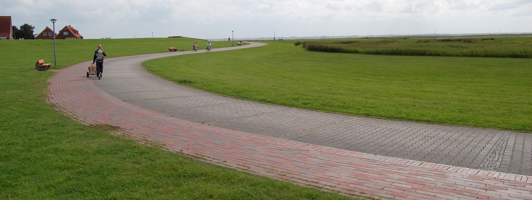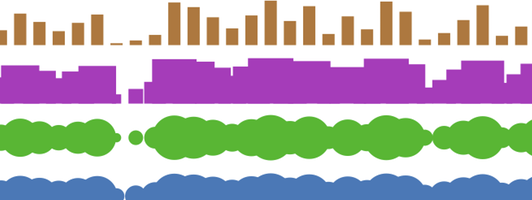Hybrid park spaces
Urban parks can be rewilded, enhancing their value.
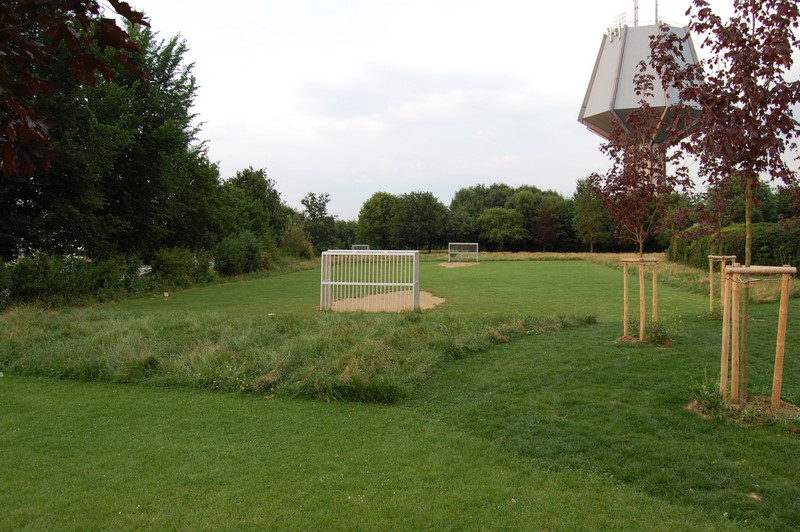
Space is classified, categorized and used according to its designated purpose. Rarely are areas shared between purposes. Space, when allocated to a city department, is at a premium and unlikely to be partially used or willingly shared.
In Vancouver I have seen the spaces between sidewalks and curbs be used by local residents to plant various flowers, shrubs and trees. In Luxembourg a park I regularly frequent has recently modified their lawn mowing behaviour. Rather than mowing all grass areas they have chosen to only mow paths, patches and soccer fields. The soccer field boundaries are walls of grass – helpfull in the sense of stopping the ball when it rolls out of bounds while preserving some spaces of nature.
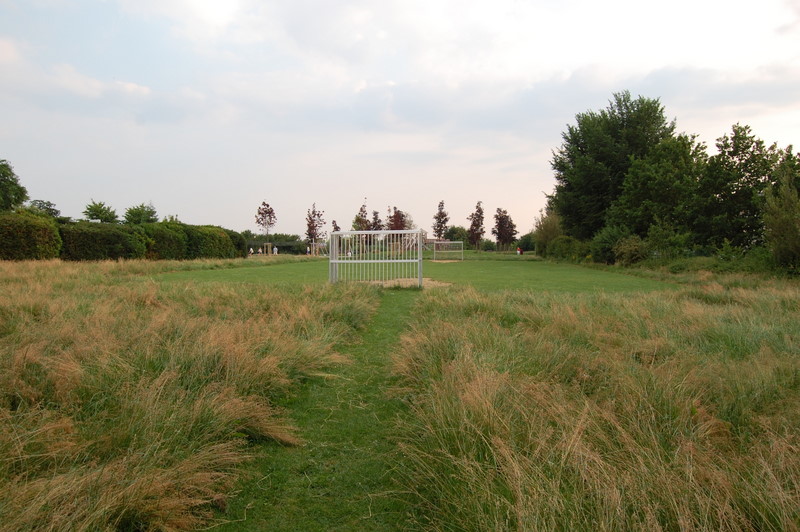

Letting the grass grow has some obvious benefits in terms of livable green spaces for animals and insects while some may see it as a reduction of human usable space. In order to satisfy and encourage grass ‘lounging’, the city park service has cleared certain patches. These are even more charming due to being surrounded by long grasses giving a sense of privacy and intimacy within your family/party and nature.
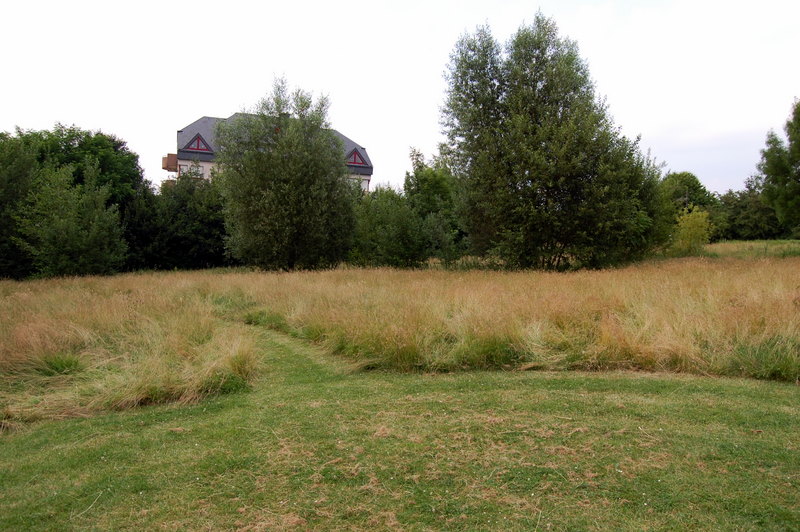
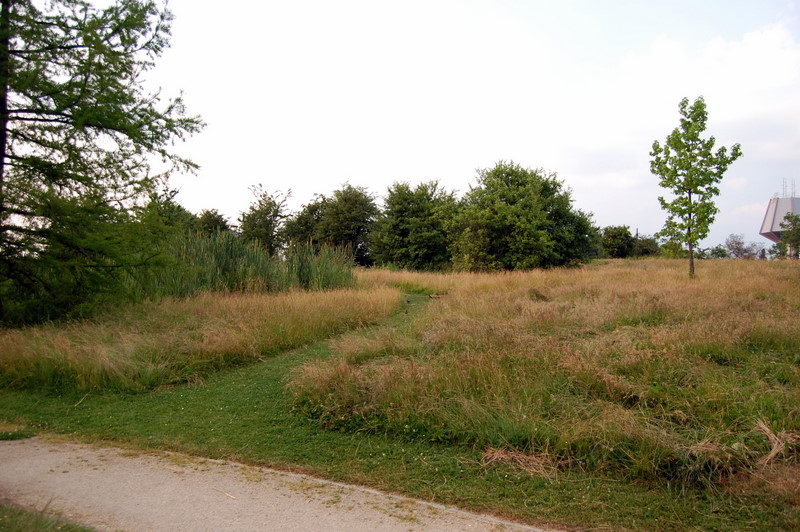
Perhaps dogs will also do their business in the long grass rather than the sidewalk which may be a problem, but then it’s often in the grass anyways. Urban parks, the little ‘natural’ spaces that exist have been too accomadating to humans and not enough to nature. Leaving grasses to grown naturally is a cost-cutting measure that helps nature but also allows you to experience a bit of ‘wilderness’ within a city setting.


